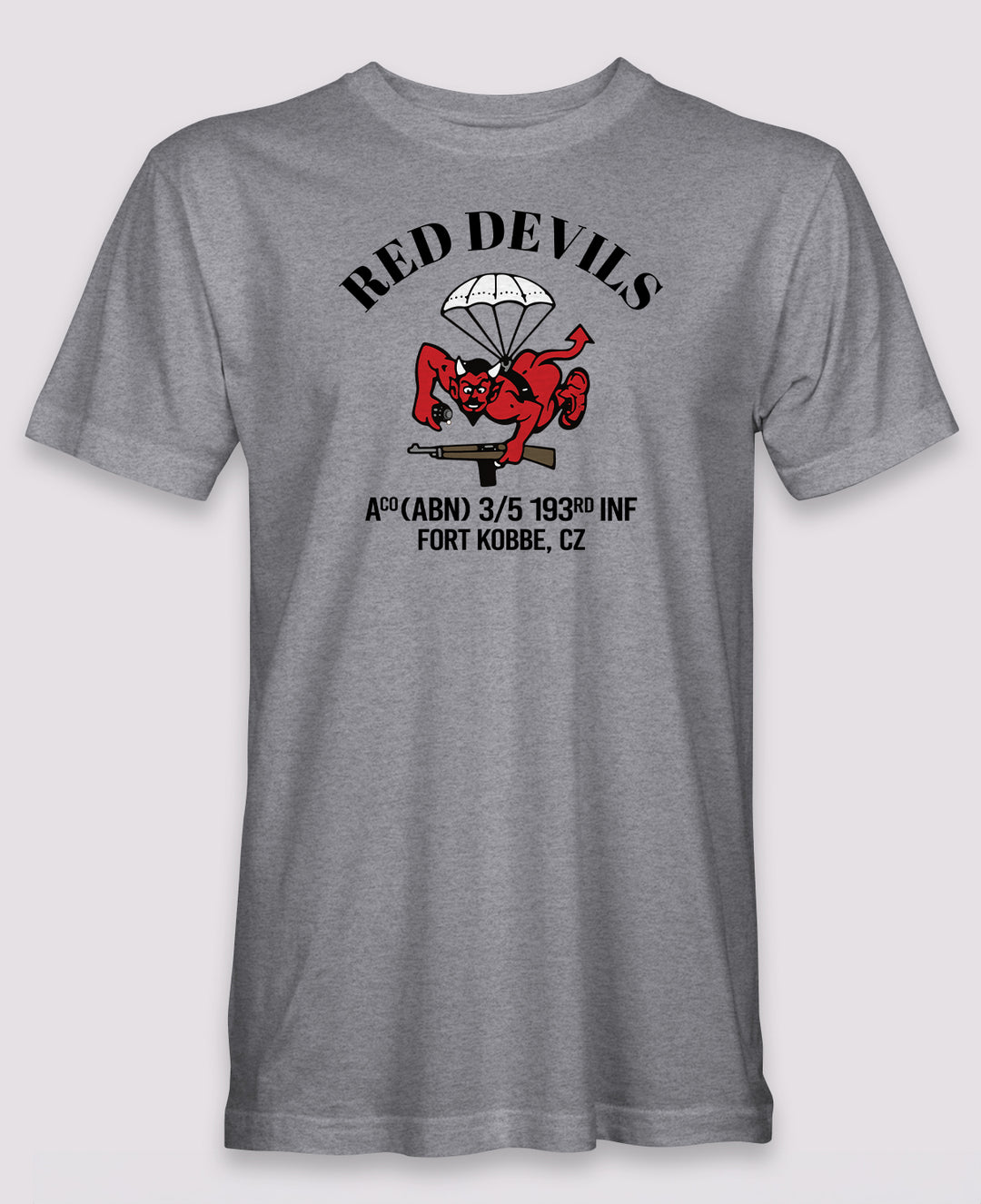The Jungle Operations Training Center (JOTC) in Panama was the U.S. Army’s premier school for jungle warfare, teaching Soldiers to survive and fight in the most challenging environments. Located at Fort Sherman in the Panama Canal Zone, with support from nearby Fort Kobbe, the school trained tens of thousands of American and allied troops from 1953 until its closure in 1999. Its history is inseparable from the U.S. occupation of the Canal Zone, where American forces safeguarded a strategic waterway while mastering jungle combat skills. Airborne Apparel Company is proud to offer reproductions and unique designs that celebrate the legacy of the Jungle Operations Training Center.
The U.S. presence in Panama began in 1903, when the United States helped secure Panamanian independence from Colombia and subsequently signed a treaty granting control of the Panama Canal Zone. From 1904 until the turnover of the Canal in 1999, U.S. forces occupied the zone, building military posts and infrastructure to defend one of the world’s most strategic waterways.
Among these posts were Fort Kobbe, located near Howard Air Force Base on the Pacific side, and Fort Sherman, positioned on the Atlantic entrance of the canal. These bases were essential staging grounds for Army and Air Force units charged with protecting the canal and training forces for operations in tropical environments.
Establishment of the Jungle Operations Training Center
In 1953, the U.S. Army officially activated the Jungle Warfare Training Center at Fort Sherman, later renamed the Jungle Operations Training Center (JOTC). Its mission was to prepare Soldiers to survive, navigate, and fight in jungle terrain—skills urgently needed in the Cold War era, particularly as U.S. involvement in Southeast Asia deepened.
JOTC quickly became famous throughout the Army. Its training emphasized small-unit tactics, patrolling, riverine operations, survival skills, and overcoming the environmental hazards of heat, disease, and dense terrain. Students from across the U.S. military, as well as allied nations, attended courses. The program’s motto, “No Slack in the Jungle,” reflected its rigorous reputation.
Role During the Cold War and Beyond
Through the Vietnam era, JOTC prepared thousands of Soldiers destined for Southeast Asia, many of whom credited their survival to the techniques learned in Panama. Training included rappelling from helicopters into jungle clearings, navigating with machetes through dense vegetation, and crossing crocodile-infested rivers.
Fort Kobbe often served as the staging and support hub for units attending JOTC. Meanwhile, Fort Sherman itself became synonymous with jungle training. Over time, JOTC evolved to incorporate lessons from Vietnam, Central America, and other tropical regions, ensuring that Army units retained expertise in an environment notoriously difficult for conventional forces.
Drawdown and Closure
By the 1990s, the U.S. was preparing to honor the 1977 Panama Canal Treaties, which required the withdrawal of American forces and the turnover of Canal Zone facilities to Panama by December 1999. As part of this drawdown, the Jungle Operations Training Center at Fort Sherman closed. Its legacy, however, lived on: in 2014, the Army reestablished a new Jungle Operations Training Course in Hawaii, drawing inspiration and lineage from the Panama school.
Legacy and Significance
For nearly half a century, the Jungle Operations Training Center stood as the Army’s foremost authority on tropical warfare. It symbolized both the U.S. military’s long presence in the Panama Canal Zone and its global readiness to fight in any terrain. Veterans of JOTC proudly remember their time in the “green hell” of Fort Sherman, where the Army honed skills that saved lives in combat across the globe.
Airborne Apparel Company is proud to offer reproductions and unique designs that celebrate the legacy of the Jungle Operations Training Center.























